Do we really need sunshine, soil and fertiliser to grow food? SymbioticA’s latest exhibition scrutinises the way technology and science can be used to manipulate our food.
Art and science in symbiosis
9 February 2022
- Reading time • 10 minutesVisual Art
More like this
- Expressions of Interest | Free arts reviewing mentorships!
- An update from the Board of Seesaw, WA’s Arts Magazine
- Halloween special: How to make blood and other stage tricks
Wet biology meets art in SymbioticA’s latest thought-provoking, performative installation, that challenges the notions of how we think food and nature co-exist.
Nina Levy: For those who are not familiar with your work, what is SymbioticA?
Oron Catts: SymbioticA was established in 2000 to enable artists and researchers to engage in wet biology practices — experiments that may involve dealing with hazardous substances — in a biological science department.
It includes artist/researcher residency programs and runs academic programs, core artistic research projects, workshops, and produces exhibitions and symposia. It was the first research laboratory in the world to offer artists access to biological labs; by doing so, it has served as a model for similar initiatives globally.
SymbioticA offers a new means of artistic inquiry, where artists can explore how far they can take the tools and technologies of science.
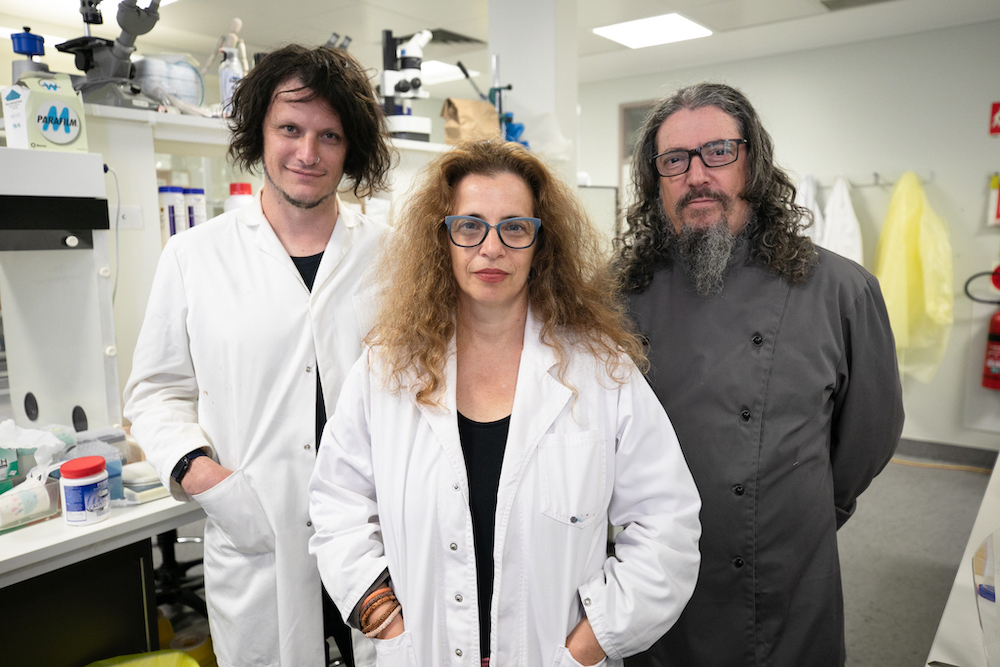
NL: Why did you form SymbioticA? Why is it so important to bring science and the arts together?
OC: SymbioticA is based on a model of artistic engagement that Ionat Zurr and I developed as part of an artist-initiated residency at the (then) Department of Anatomy and Human Biology at the University of Western Australia.
In 1996 we had the idea of exploring the use of living tissues as a medium for artistic expression. We called ourselves the Tissue Culture & Art Project and were able to negotiate access to labs to develop the project. When we exhibited our work for the first time in 1998 at PICA, other artists who wanted to find ways into labs approached us. A year later, me and two scientists — Professor Miranda Grounds and Professor Stuart Bunt — successfully applied for funding from the WA Lotteries to build a dedicated space for artistic residencies interested in life: SymbioticA.
Over the last few decades, science has generated a huge amount of knowledge about life and its processes. As this knowledge grows, so do the attempts to use this information to engineer and manipulate life and living systems for human ends. At SymbioticA, we believe there is a need to culturally scrutinise these new approaches to life by asking questions such as, “What happens to our relationship with life when it becomes a raw engineering material?” and, “How is the concept of life itself changing and shifting?”
NL: Your latest project is the wonderfully named “Sunlight, Soil & Shit (De)Cycle”. What will be happening at PS Art Space during this three-week installation?
OC: In the name of sustainability, many new food production and agricultural ventures, such as vertical farming and cellular agriculture, propose systems that remove natural elements from the process of production. The ideas of soilless farming or animal products without animals are presented as having less — or no — impact on the environment. We call these “metabolic rift technologies”, and “Sunlight, Soil & Shit (De)Cycle” seeks to explore them.
The installation has four main components:
- A compost incubator, where a small number of mouse muscle cells are cultured.
- Several hydroponic systems, where we have grown edible plants using soilless farming techniques.
- An alkaline hydrolysis system that converts slaughterhouse refuse into fertiliser for the soilless plants.
- A control room that collects data via sensors within the other components.
We will tweak and experiment with (de)cycling these components throughout the exhibition, as well as run a full-day symposium, host two dinner parties, and hold a series of talks and lectures.
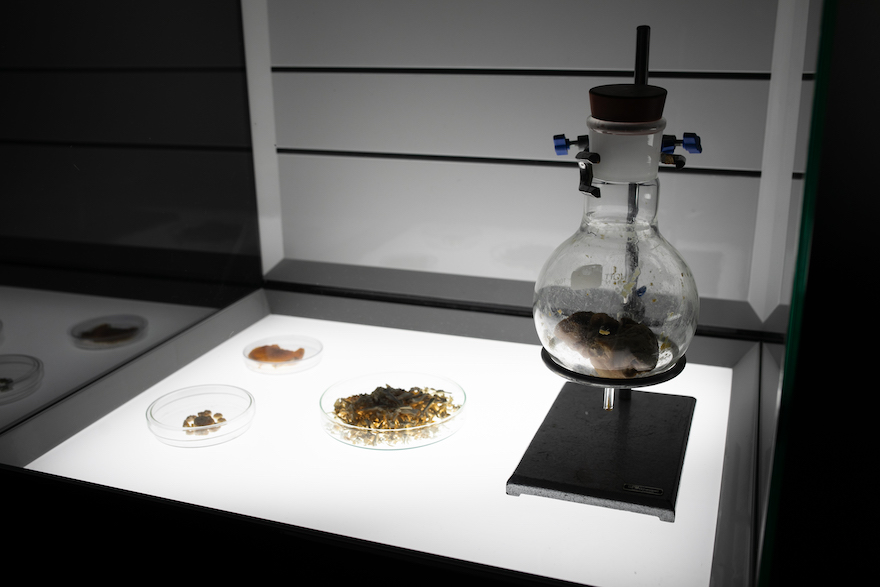
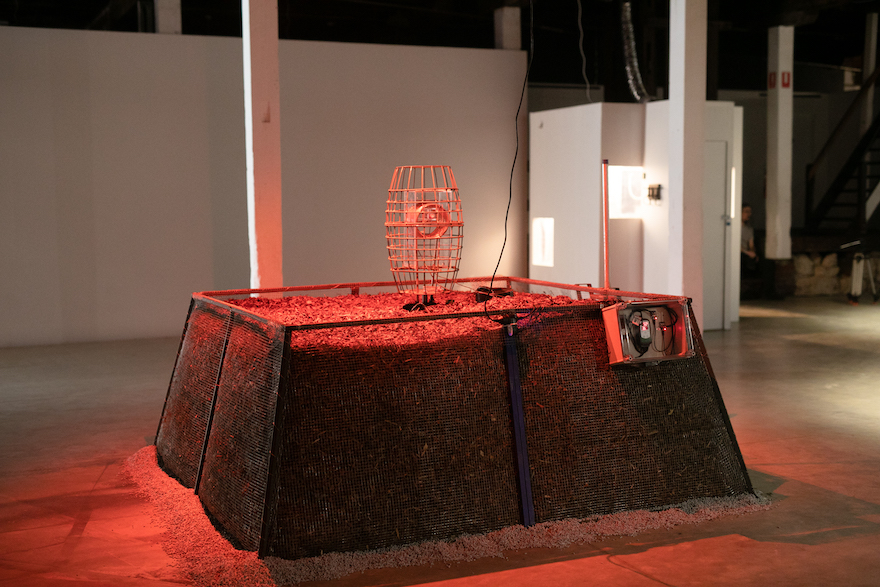
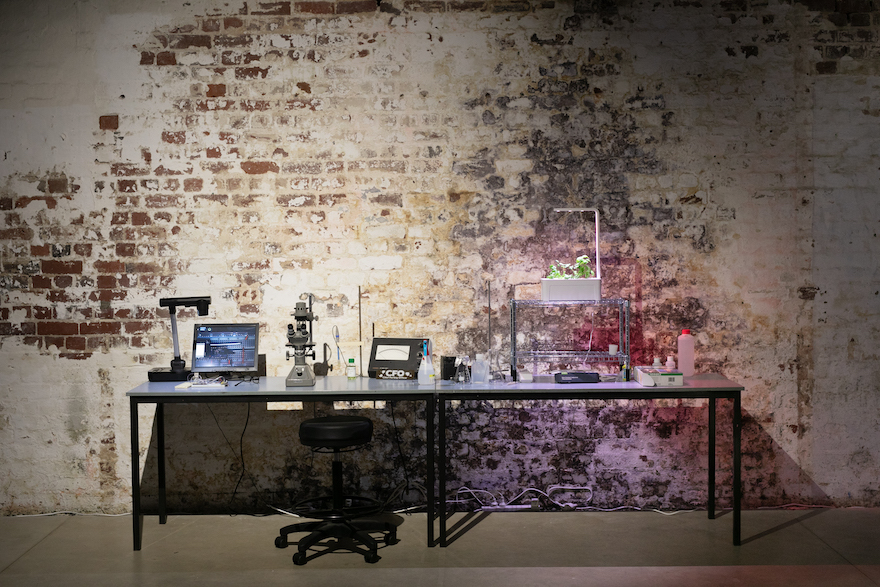
NL: You’re collaborating with artist and creative coder Steve Berrick on the project. What is his role? How did you come to collaborate with him?
OC: Steve has worked on sensors and data collection. He is an amazing, creative technologist with the skill set to hook our systems up to the technology that’s needed to generate data. We have known about Steve’s work for years, and this was the right project to finally work together.
NL: And there’s a pop-up dining experience, too. What can diners expect from that?
OC: On two evenings, we have invited the pop-up dining outfit Fervor and Perth-based sommelier and wine educator Trent Everitt for a five-course paired degustation where we can reflect on the relationship between food and nature. It’s guaranteed to be an amazing experience.
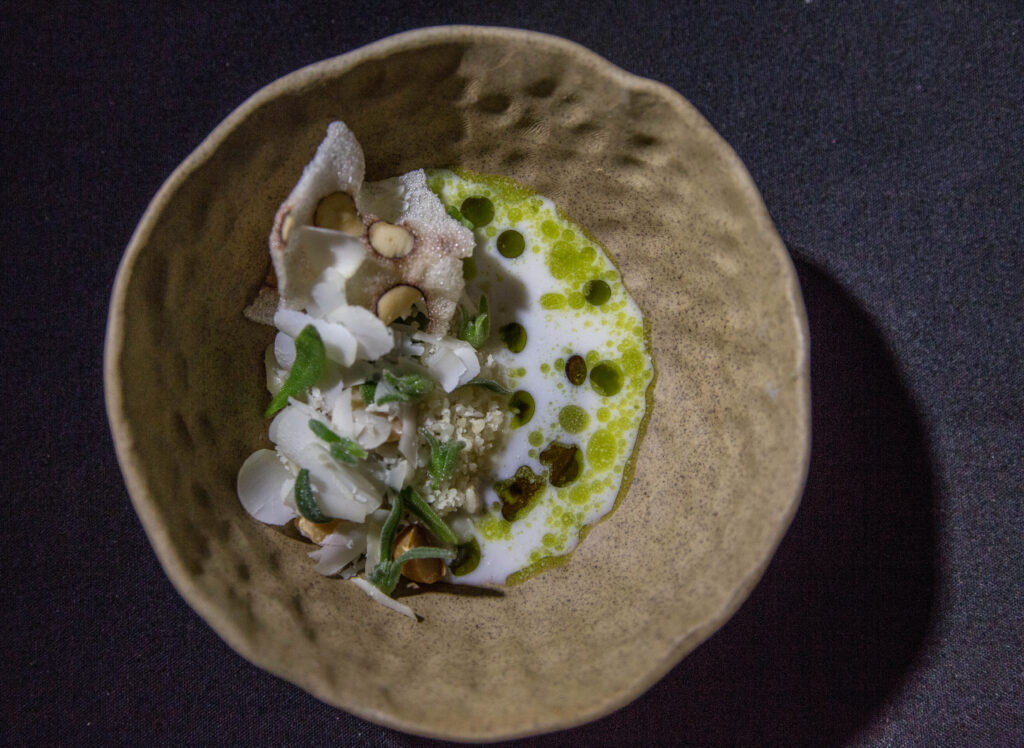
NL: SymbioticA is no stranger to food technology. Can you tell our readers about the work and projects that have led to “Sunlight, Soil & Shit (De)Cycle”?
OC: Ionat and I are credited as one of the first groups to grow meat in a lab, and our performative installation “Disembodied Cuisine” is the first documented instance of eating lab-grown meat.
Together with colleagues from the Centre for Genomic Gastronomy, we started a series of live cooking shows called Art Meat Flesh. They were Iron Chef-style cook-offs between scientists and philosophers which dealt with issues about the future of food. The very first iteration of Art Meat Flesh in 2012 featured Professor Mark Post; a year later, he unveiled the first lab-grown burger on live television.
NL: What do you hope visitors will take away from viewing the installation?
OC: We want visitors to contemplate the future of our food systems considering the growth of metabolic rift technologies. Whether the new technological approaches to food production are successful or not — we are somewhat sceptical about many of their claims — we must think hard about what this separation from nature means to our relationship with the world.
NL: What’s next for SymbioticA?
OC: The last two years have been very difficult for art organisations, especially for those who are part of the university system. We hope that SymbioticA will come out of the other side stronger and better so we can keep scrutinising our relationship with ideas about life into the future.
“Sunlight, Soil & Shit (De)Cycle” is exhibiting at PS Art Space from 5 – 26 February 2022.
Pictured top: Food grown with the use of ‘metabolic rift technologies’ are part of the SymbioticA exhibition. Photo: Daniel James Grant
Seesaw offers Q&As as part of its suite of advertising and sponsored content options. For more information head to https://www.seesawmag.com.au/contact/advertise
Like what you're reading? Support Seesaw.






